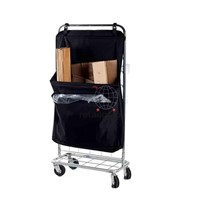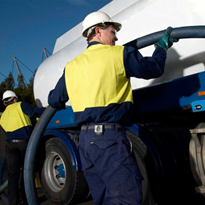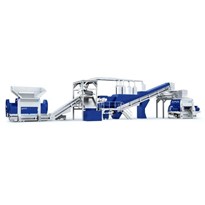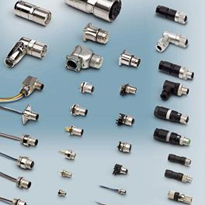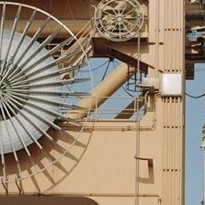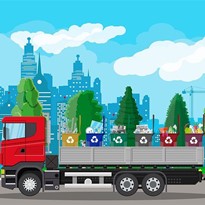As per the 8th meeting of Environment Ministers, held on 7th December 2018 in Canberra, the new waste management policy is dedicated to ensuring that Australia achieves a circular economy. Every year, we produce about 300 million tons of plastic, 50% of which is for single use. The fixed resources are deteriorating and, simultaneously, as the world population keeps increasing, we need more natural resources than ever before. Therefore, it is time, we get thoughtful about the circular economy. What is the Circular Economy?
A circular economy is a system where products, goods or services are transacted in closed loops or “cycles”. It is an industrial system that is regenerative and re-forming in design and purpose. It substitutes the end-of-life idea, encourages the use of renewable resources and eliminates the use of toxic chemicals through a superior design of products, materials and business systems. For a developed nation like Australia, the smart incorporation of this economy will help with:
- Managing China’s recycling imports ban by enhancing local capacity
- Boosting the limited responsibility for products at their end-of-life
- Reduction in marine waste, landfill overflow and litter
- Emphasising on organic waste
- Harmonising various state policies
The vision of the circular economy is to replace the current linear economy of “take, make and dispose” with something smart in which resources are used at their optimum values, reducing the use of virgin resources time and again. This will not just create better revenue streams, new business opportunities, but also minimise the environmental impact of manufacturing, mining and resource extraction. How Can a Circular Economy Support Australia?
- More Jobs and Greener Industries – Today, companies are driven to emerge as economically sustainable and green industries. With higher recycling rates and even higher demand for recycled goods, it is predicted that investment in green industries will radically increase and this will lead to more jobs and opportunities.
- More Resources Protected – Compared with the natural reserve extraction in the linear approach, the circular economy has the capacity to create even better savings, i.e., about 70% more than the original ones. With the ever-increasing world population and the demand for resources, a circular economy will lead to a reduction in material needs as it will make the material’s cycles last longer.
- Lesser Greenhouse Emissions – The circular economy has the ability to trim down the production of greenhouse gases and use of natural reserves, maximise efficiency and decrease the negative factors brought by the linear model.

















